Similar Posts
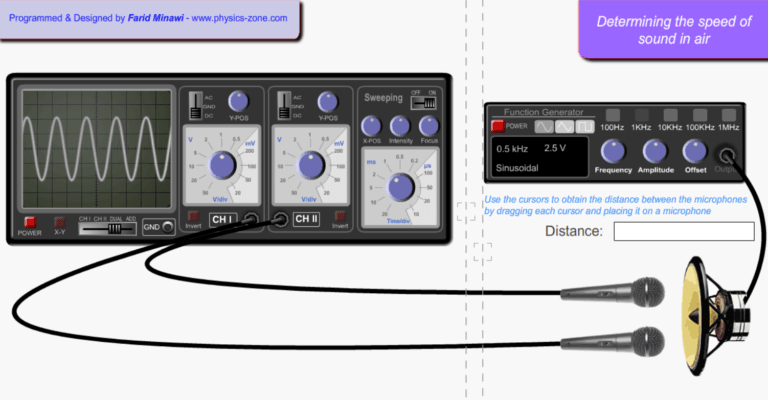
Old Simulations
These simulations were made using the Adobe Flash/AcrtionScript. You can download them and run then in Windows.
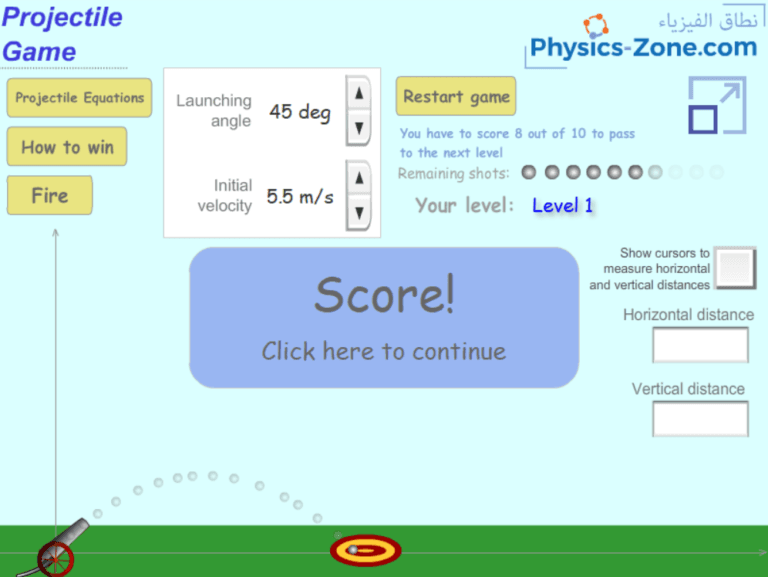
Projectile Game
In this game, you must employ the projectile equations to win.
The game consists of three levels, each of which must be completed by scoring at least 8 out of a possible 10 tries. In the first level, you must hit a ground target that shifts position after each attempt. In the second level, you will need to alter the ball’s trajectory to pass over a wall. In the third level, the target flies and changes position both horizontally and vertically in each trial.
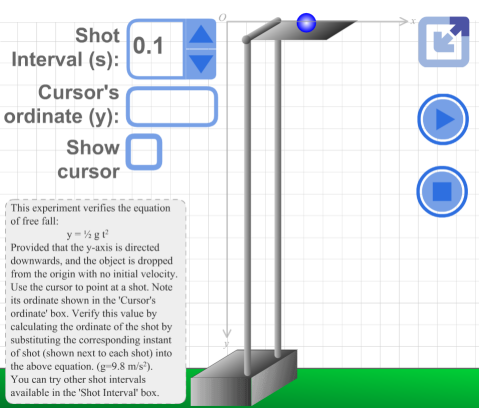
Free Fall Simulation
A new simulation, that simulates the free fall of an object (ball). This simulation gives the ability to measure the acceleration of gravity by taking successive shots of the falling object with recording the time of each shot and measuring the coordinate y for each shot. It also enables us to check the famous free fall equation:
y = (1/2) gt²
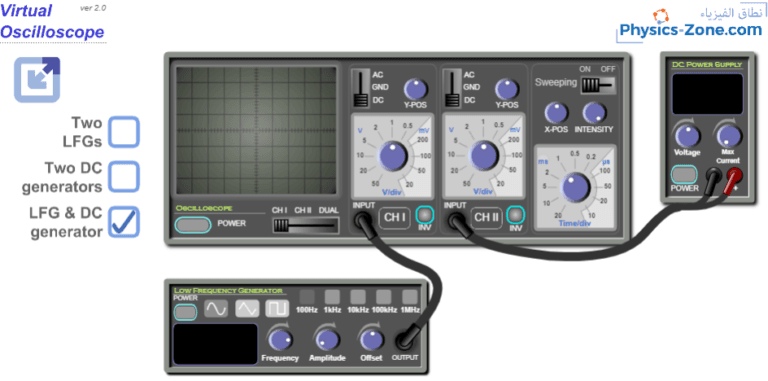
Virtual Oscilloscope is Now Mobile-Friendly!
This time I have updated Virtual Oscilloscope so it is now mobile-friendly. Long-press any button, knob, or slider and it will scale up to become comfortable enough for your touch so you can control it comfortably using your mobile device.
I also optimized the code to perform smoothly on mobile devices.

دليل المحاكاة: تجربة الظاهرة الكهروضوئية
الدليل الكامل لمحاكاة التأثير الكهروضوئي، يشتمل على مقدمة قصيرة ودليل الاستخدام.
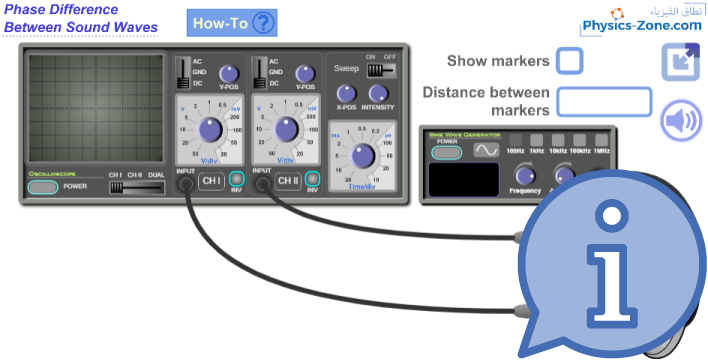
Simulation Manual: Phase Difference Between Sound Waves
A complete manual for the phase difference between sound waves simulation, including a short introduction and a user guide.
